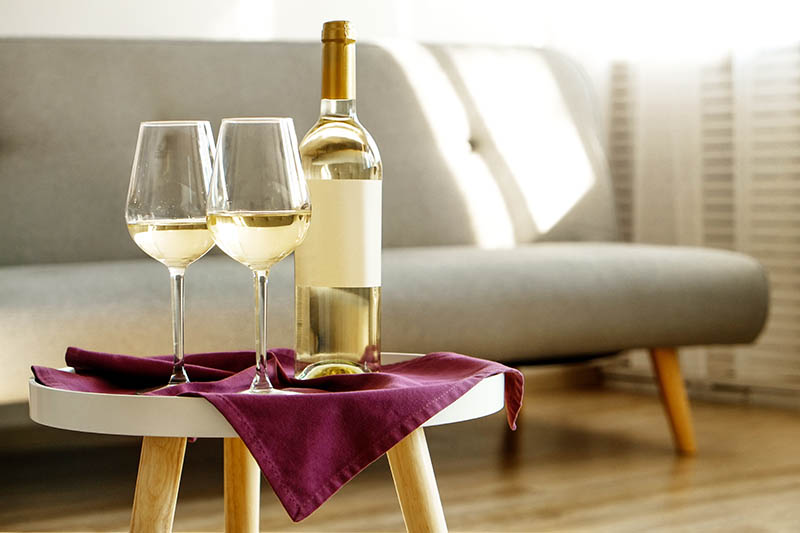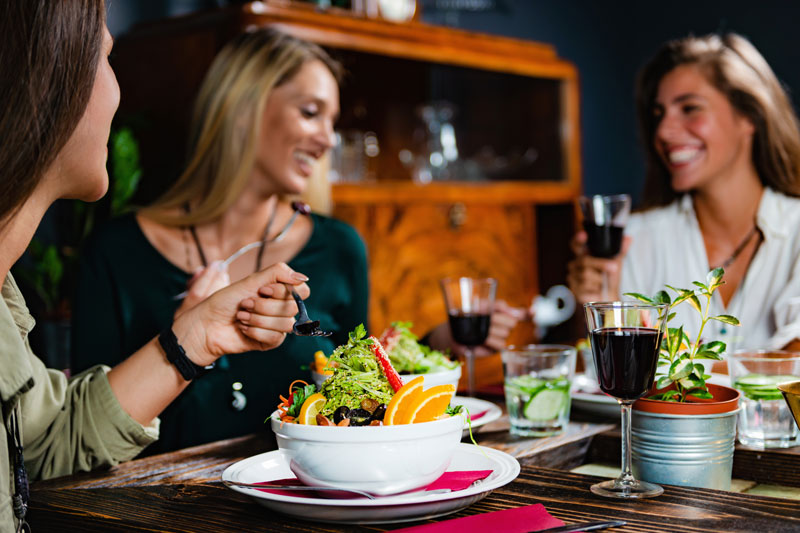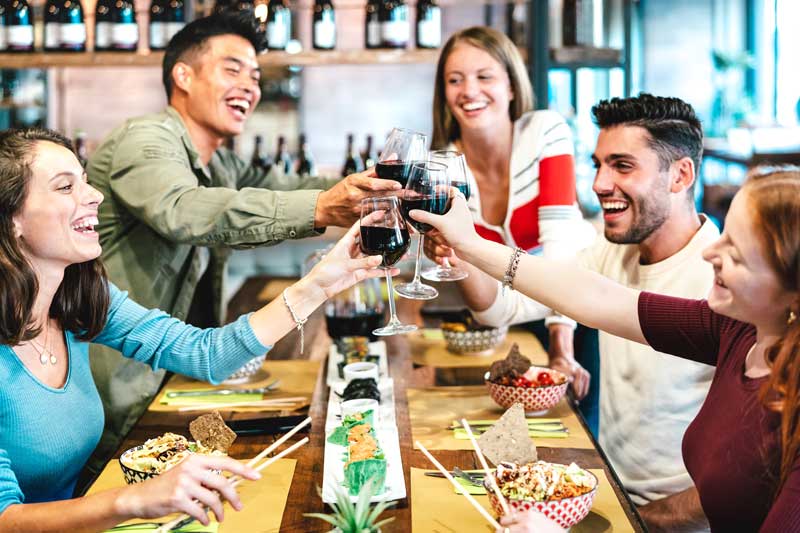A perfect day for any wine lover can range from drinking wine on the front porch, to sharing a homemade dinner with friends while sipping on a Malbec, to grabbing wine in a can and bringing it to the beach.
With the price-per-glass in a restaurant of a single glass of wine ranging from $9 to $16, it’s no surprise that more than 80% of all wine consumption is happening “off premises,” according to LEK Insights. Drinking at home is an increasing trend in wine and spirits and it’s impacting how suppliers should think about doing business. Let’s take a look.
The new at-home drinker
Millennials are leading the charge of drinking in. In fact, 47% of millennial drinkers said they would rather drink at home than at a bar, restaurant, winery or social gathering. Millennials are unwilling to pay the hefty markups of wine in restaurants and bars, in fact 57% said that cost was the main factor in deciding what to drink.
Another reason to not go out? 28% of millennials said it was just too much effort.
“While Americans enjoy going out for a drink now and then, our research shows that the majority of consumers say they prefer drinking at home,” said Caleb Bryant, senior food service analyst at Mintel. “Today, Millennials are currently leading the way when it comes to socializing in the home, but the preference for at-home drinking will likely be even greater among the up-and-coming iGeneration, who are generally regarded as more frugal and pragmatic than Millennials.
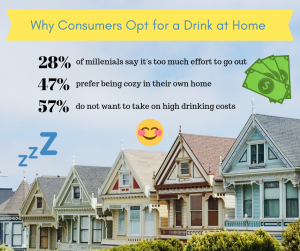
“…Bars and restaurants must work harder than ever to provide customers with a unique drinking experience. For example, an ‘Instagramable’ pop culture pop-up bar offers an experience that can’t be replicated from consumers’ living rooms,” he went on to say.
Women are drinking more and more, with ladies purchasing more than 57% of all alcohol. Women want the wine they buy to match their lifestyle and values. Women are drinking their wine either by sharing a glass at home while hosting a book club or even drinking wine while tailgating with a group of friends.
“People, more and more, want to have good moments with their friends at home,” Gilles Bogaert, CFO of liquor company Pernod Ricard, told Business Insider.
Technology brings the wine home
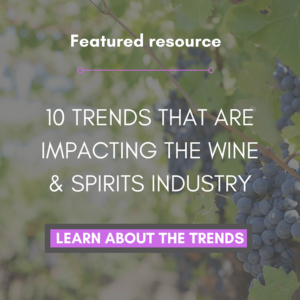 Technology has morphed many industries, and the wine and spirits industry is no exception. Technology is making it easier to drink at home with new services that bring the wine right to your front door.
Technology has morphed many industries, and the wine and spirits industry is no exception. Technology is making it easier to drink at home with new services that bring the wine right to your front door.
In major cities, consumers can download apps, such as Grizzly and Uber, and have wine at their front door in under an hour, without having to leave their couch. Local liquor stores are also offering delivery more and more.
For people who are drinkers and planners, monthly wine clubs and the rise of the direct-to-consumer wine sales channel allow premium bottles of wine to be ready for at-home consumption without having to travel to the vineyard.
How wine labels are catering to the stay-at-home drinker
Some labels are playing in to knowing their brand is consumed at home. This can range from brands posting pairing suggestions near the shelves of what their wine would go well with to having the entire label revolve around it.
The wine brand “Mommy’s Time Out” elicits a picture of a mom having some time alone on the deck sipping Pinot Grigio while the kids play and scream inside. There’s also a “Daddy’s Day Off.”
If you want your brand to be the wine of choice of at-home-drinkers, there are a few things you can do:
- Label it: Have an eye-catching, bright label to grab the attention of shoppers in the store. More visible labels were noticed more, 77% of the time.
- Market it: Consider your in-marketing strategy as a way to get your customers to drink your wine at home. This can range from a poster of a food platter made for a party with your wine to just suggesting which cheeses pair best with your wine.
- Tech: Reach out to apps such as Vivino and make sure the details of your wine are on their app. This way, if a consumer scans your bottle in a store or restaurant, they’ll be able to see notes and save it for later.
- 87% of Utilities Have Experienced at Least One Data Breach in Last Three Years - February 5, 2024
- Can Drones Lower Your Next Utility Bill? - January 10, 2024
- Onshore Wind Farms Are The Next Big Thing In Renewable Energy - December 6, 2023

